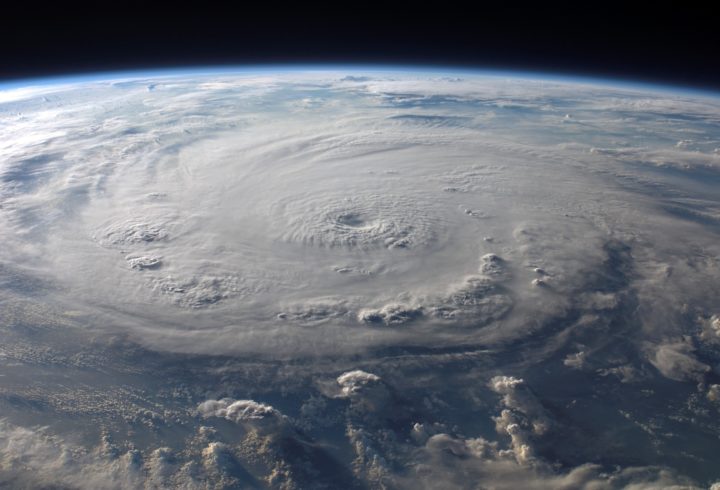The following contribution is from another author.
Besides plywood panels, which are simple to build but can be unattractive, many options are available to protect your home from high winds, flying debris, and water. These include accordion shutters, which unfold like an accordion, storm panels, and fabric shutters.
Each type of hurricane shutter offers different benefits. The right shutter for your home balances protection, functionality, and appearance.
Roll-Up Shutters
Roll-up shutters sit above windows and doors to protect them from damaging hurricane-force winds, large flying debris, and unauthorized entry. These shutters are custom designed to fit specific window and door opening sizes and are engineered to pass stringent standardized impact tests.
They are one of the most affordable hurricane protection products and provide high-level security. When not in use, they tuck away cleanly above your windows and doors and are a great visual deterrent when closed.
They are also an effective burglary deterrent because they can only be removed with tremendous force. Professional installers l can install these hurricane windows shutters in your home to be almost tamper-proof once in place. In addition to hurricane and burglary protection, these shutters provide additional benefits like energy savings, light and UV control, and privacy. They are available in both automatic and manual operation.
Louvered Shutters
The slats of louvered shutters can be adjusted to control the amount of light and air that enters a room. They are ideal for homeowners looking to add a classic old-world or early-American style to their homes.
Originally called “louvers,” the adjustable slats of this type of shutter began to be manufactured around 1830-1840. They can be adjusted to different angles throughout the day to control natural lighting, airflow and privacy.
Shutters with 3.5″ louvers are popular among our customers as they provide what many consider to be the perfect balance of light control and privacy. They also occupy less space when closed, allowing for unobstructed views and easier cleaning. The larger louver size also became a favorite for coastal homes boasting spectacular ocean views. The slats are positioned to look like they are disappearing into the scenery when closed, adding to the beauty of your home’s exterior architecture.
Panel Shutters
When blinds or curtains won’t do the trick, interior shutters provide a stiff layer of protection from window damage. Unlike their cloth counterparts, shutters are free of cords that pose a hazard for children and pets. Shutters are also more resilient to the rough handling of life at home, like a charging dog or haphazardly tossed toy.
If you’re looking for a more traditional look, you can’t go wrong with raised panel shutters. These versatile shutters can work in almost any room and pair beautifully with Colonial, Traditional, and Farmhouse style decors.
Polaris functional wood shutters speak of authenticity and tradition, using kiln-dried pine to forge stiles and rails. They’re crafted in America with time-honored techniques and can be used as functional louvered or decorative shutters. They’re made with authentic details and deep texture in open louver or raised panel styles, combining simplicity with architectural detail. Composite shutters are fashioned with durable Extira panels that resist moisture, rot, and termites.
Plywood Shutters
Hurricanes and severe weather bring a real risk of damage to homes. Without the proper protection, windows and doors are vulnerable to cracks that can allow water into your home and lead to mold.
Many people use plywood shutters to protect their homes during storms, but better alternatives exist. If you’re willing to invest the time, permanent shutter options that don’t require much storage space and offer superior hurricane protection are available.
To properly install plywood shutters, start by measuring the window opening from the trim and recording the dimensions. Then, cut sheets of plywood to the correct size, allowing for four inches of overlap on all sides. Be sure to seal or paint the plywood for maximum durability and store it in a dry, accessible location. Plywood will only provide limited protection from wind and debris unless installed correctly. For the best results, use at least 5/8 inch thick plywood – anything thinner won’t withstand the force of projectiles thrown by strong winds.
















